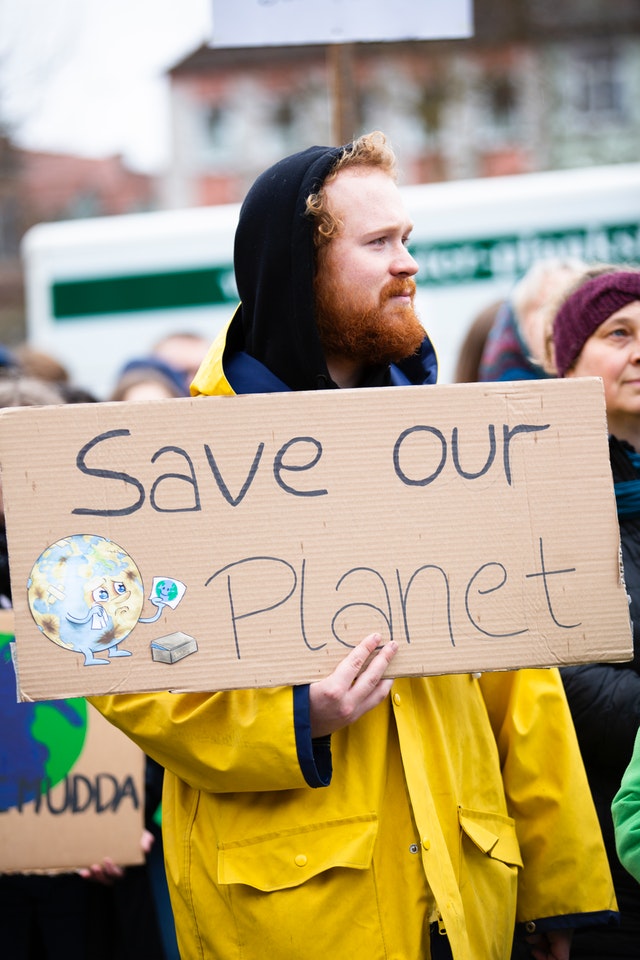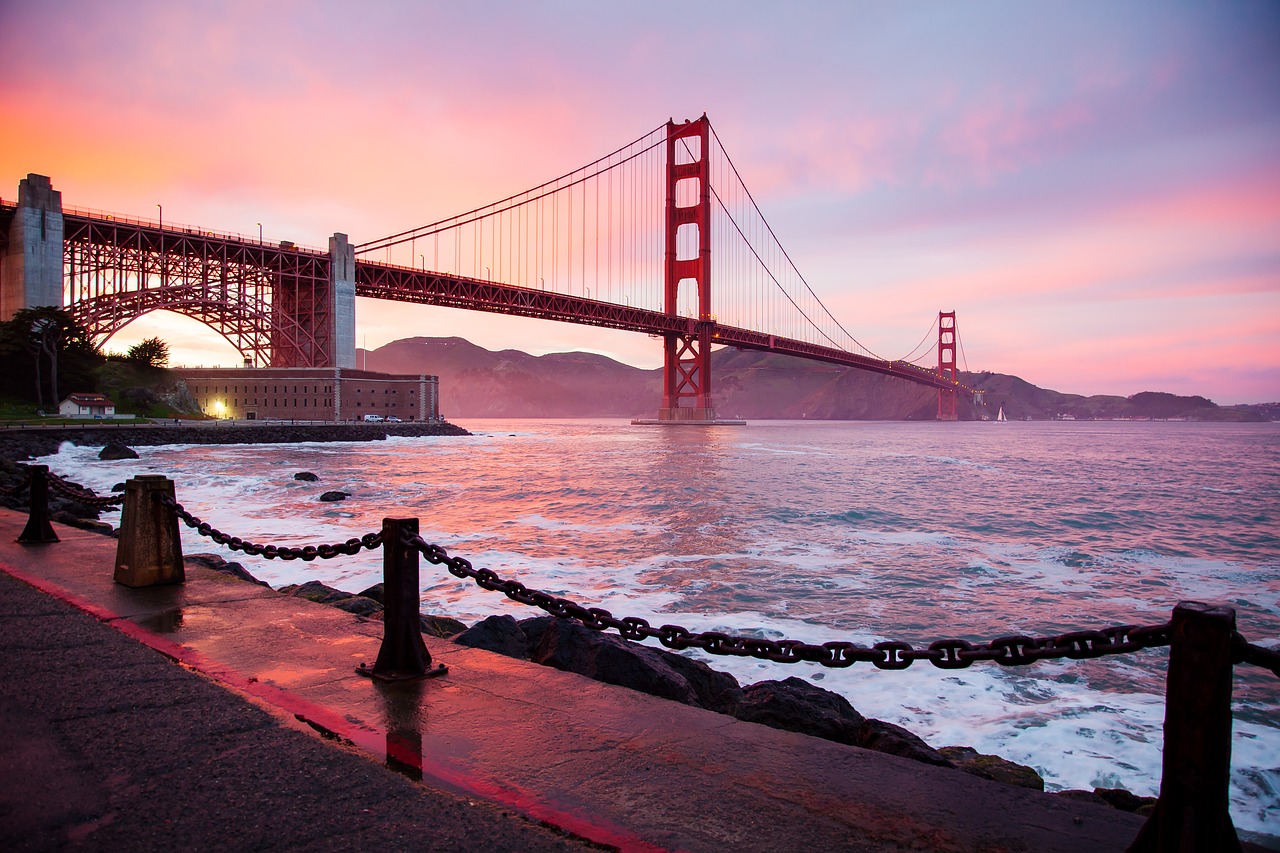San Francisco Baykeeper, a truly one-of-a-kind nonprofit organization, has devoted three decades to protecting San Francisco Bay and local waterways from waste and pollution.

Baykeeper, a founding member of the International Waterkeeper Alliance, regularly sends its own patrol boat out to monitor and report on environmental conditions in the Bay. In addition, Baykeeper’s team and board members bring extensive scientific, legal, and regulatory knowledge to their advocacy work. Above all, the organization is dedicated to citizen activism by bring people together to keep the Bay Area’s waters clean and healthy.
Engagement with water conservation
Recently, the organization joined a coalition of dozens of California conservation, environmental, and water policy organizations that affirmed Governor Gavin Newsom’s Water Resilience Portfolio plan for the state. In July 2019, Baykeeper joined more than 50 other such groups as a signatory to a letter directed to state officials thanking the governor for his work addressing the challenging issues related to water use, and urging him to further action.
The organizations—which also included Audubon California, The Nature Conservancy, and Sierra Club California—specifically asked the governor to ensure that ongoing water policies in the state serve primarily the public interest and long-term sustainability, rather than the narrow private interests that they have often traditionally favored.
Building a portfolio for water
In April 2019, Governor Newsom signed an executive order that requires three California government agencies—the state Environmental Protection Agency, Natural Resources Agency, and Department of Food and Agriculture—to create a broad strategic plan that will put the state on track to ensure clean waterways for the remainder of the current century. The order also requires the agencies to create climate- and flood-resilient water infrastructure that will boost the environmental and economic wellbeing of the state.
This Water Resilience Portfolio will base its work on existing state programs and strategies that have proven effective in addressing these issues.
Resilience against climate change

The governor’s office notes that scientific projections for climate change all point to a near future in which extreme weather and climate conditions, including severe droughts and stronger storms, will become commonplace.
In preparing to meet the water resiliency challenges of the future, California will need to manage its water supply with foresight and care, especially since conditions are ripe for extreme drought conditions to occur more frequently. The state will need to increase stormwater capture and groundwater recharge, as well as establish better long-term forecasting systems and implement a more flexible approach to reservoir management.
Scientists agree that the snowpack of the Sierra Nevada Mountains, the source of much of California’s water supply, is set to diminish over the coming decades as average temperatures rise. The state will need to use water more efficiently and increase the amounts of water it stores, both in reservoirs and underground aquifers.
Critiquing – and partnering with – government
Baykeeper and other coalition members appreciate this depth of focus on the state’s water issues, but they also support further action.
In a press release, Baykeeper’s representative on the coalition noted that Governor Newsom’s plan establishes a solid basis for leading California to long-term water sustainability, but went on to point out that this work could be undone by mismanagement or wasteful practices on the part of private interests at the expense of the public good. The state, Baykeeper stated, has not left an exemplary track record of managing water for the benefit of ordinary residents, communities, and wildlife.
Other members of the coalition offered other important points for the Governor’s consideration. In order to succeed, the Water Resilience Portfolio will need to reduce the state’s dependency on water from the Sacramento-San Joaquin Delta. It will additionally need to step up creation of regional water initiatives that address the challenges of underserved communities and help boost the “green” economy.
The coalition’s member organizations called on the governor to focus on two over-arching issues:
- The need for long-term environmental stewardship.
The state must steward California’s water supplies to guarantee their continued safety, cleanliness, and affordability for all residents.
Before the build-out of major cities, the state’s terrain featured large swaths of grassland, swamps, marshes, and deserts. Succeeding generations of development have altered this landscape tremendously. California is home to two of the world’s largest water storage and transport systems—the Central Valley Project and the State Water Project, which bring water from the wetter northern regions of the state to the drier Central Valley, the San Francisco Bay Area, and Southern California.
California is a prime example of a natural environment altered by humans for our own water needs. Today, the state’s water resources are needed to irrigate over 5.5 million acres of farmland and provide drinking water for nearly 40 million people. California’s manufacturing base has also expanded exponentially, placing the state among the world’s top 10 economies.
With this development comes an urgent need for better stewardship of water resources. Wetlands have been filled in, invasive species of animals and plants have been introduced, stocks of some fish and wildlife have been depleted, and the safety and cleanliness of water has been compromised by commercial agribusiness, ranching, mining, and other industries over the past 150 years.
- The need for intensive restoration of the Delta.
The state must also restore and protect its rivers and the Bay-Delta estuary, where the state’s two largest rivers meet in the agriculturally rich Central Valley.
Water from the south-flowing Sacramento River combines with water from the north-flowing San Joaquin River to create the Delta. The water from these rivers and their tributaries mixes with saltwater in the largest estuary on the west coasts of North and South America. The water ultimately flows through San Francisco Bay into the Pacific Ocean.
The Delta faces numerous environmental challenges. Two of the most pressing issues are subsidence of the land stemming from over-pumping groundwater, and an aging, fragile levee system. If these levees were to fail, saltwater could flood in and disrupt water deliveries throughout the state.
The Delta, home to about 4 million people, is critical in terms of both its environmental and economic importance. About 80% of the state’s commercial fish live in or pass through the Delta, and the region also serves as a major stopover for migrating birds. In addition, the Delta provides water for 4.5 million acres of agricultural land, while 45% of all fruits and vegetables grown in the US are irrigated with Delta water.
Baykeeper and its fellow coalition members believe that moving in the directions outlined here will enable the governor’s Water Resilience Portfolio and other water planning efforts to build a new, fairer, and more realistic culture of water use in California.

